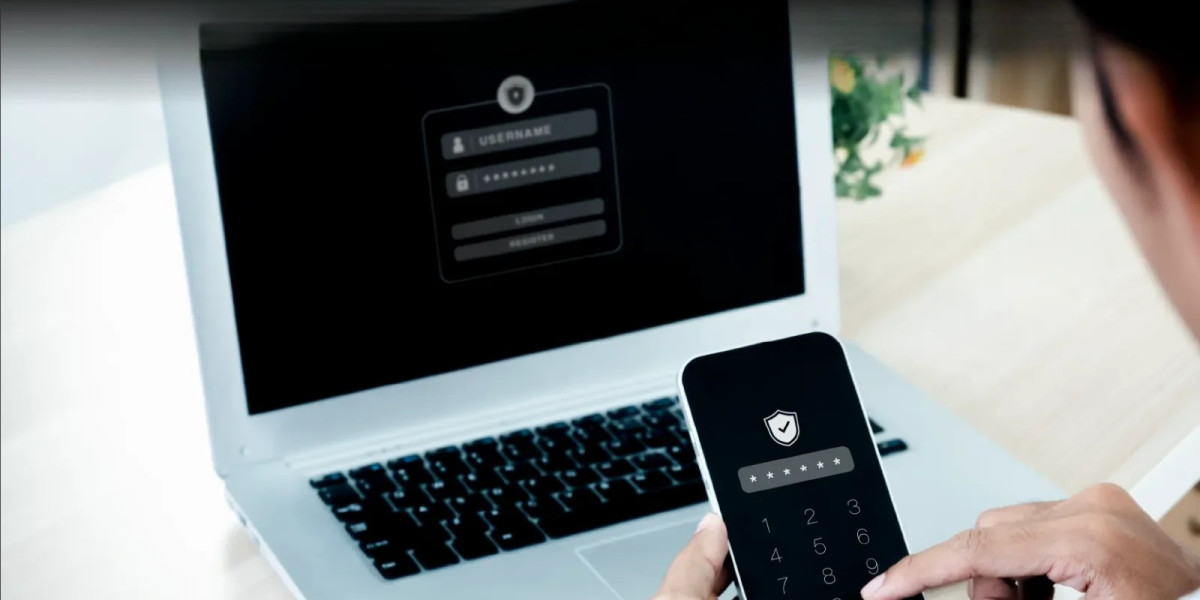Understanding Passwordless Authentication
Passwordless authentication enables access to IT systems without passwords or security questions. Users provide alternative evidence like proximity badges, fingerprints, or hardware token codes. This method often works with Single Sign-On (SSO) and Multi-Factor Authentication (MFA), enhancing user experience, security, and reducing IT operation costs.
Mechanisms of Passwordless Authentication
Passwordless systems use more secure alternatives to passwords, such as:
- Biometrics: Matching stored biometric data, like facial recognition.
- One-Time Passcodes (OTP): Sent via SMS for user verification.
- Digital Certificates: Using a public-private key pair for user authentication.
Users generate a key pair through mobile apps or browser extensions, stored on their device and accessed via OTP, PIN, or fingerprint. The system uses the public key for authentication.
Importance of Passwordless Authentication
Managing multiple passwords is challenging with numerous apps in use. Google reports that 75% of Americans struggle with password recall, leading to insecure practices like reusing passwords or writing them down. This makes accounts vulnerable to attacks such as:
- Brute Force: Automated guessing of password combinations.
- Credential Stuffing: Using leaked credentials across multiple accounts.
- Phishing: Tricking users into providing their credentials via fake communications.
- Keylogging: Malware that records keystrokes.
- Man-in-the-Middle Attacks: Intercepting credentials over public WiFi.
Types of Passwordless Authentication
- Biometrics: Scanning facial features, eyes, or fingerprints.
- Possession-Based: Using personal items like SMS OTPs, hardware tokens, or codes from authenticator apps.
- Magic Links: Sending a link via email that grants access upon clicking.
Passwordless Authentication vs. MFA
The primary difference is that passwordless authentication eliminates passwords, relying solely on alternative factors. MFA includes passwords alongside other factors, which can be more cumbersome and less secure than passwordless options.
Challenges of Passwordless Authentication
- Implementation: Requires significant system and infrastructure changes.
- Resistance to Change: Users and IT teams may need additional training and support.
- Cost: Initial deployment of new technologies like biometric scanners can be expensive.
- Compatibility: Not all systems support passwordless methods, leading to integration issues.
- Dependency on Alternative Factors: If these factors are compromised or unavailable, access may be hindered.
The Future of Passwordless Authentication
Experts agree that eliminating passwords enhances identity security and streamlines user experiences. With advancements in biometrics, hardware keys, and mobile technology, passwordless authentication is poised for widespread adoption.








